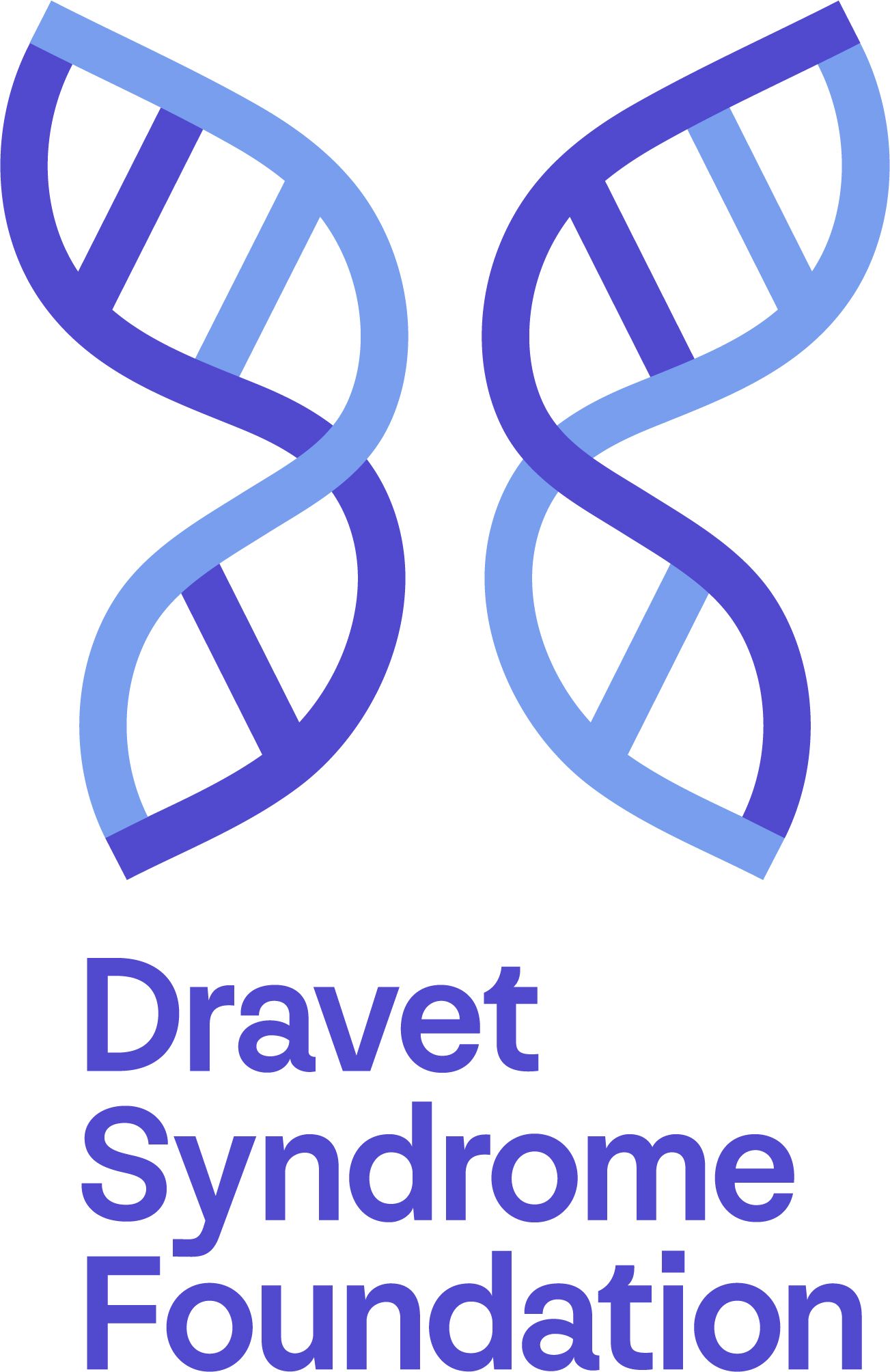
Study Clarifies Dravet Syndrome Characteristics in Adults

A recent study investigated the natural history of Dravet Syndrome in adults.
This content is courtesy of the Dravet Syndrome Foundation. To view the original post,
Dr. Danielle Andrade, an adult neurologist who is an expert in Dravet syndrome (DS), is currently conducting a study of adults with DS to improve the understanding of seizures, symptoms, comorbidities, and daily life as patients age. Part of the study is examining patients that visit Dr. Andrade’s clinic at the University of Toronto, but there is an exciting opportunity for remote participation in the study through surveys and submission of video recordings. Given the lack of robust research focused on adults with DS, the results of this type of study can add substantially to our knowledge base and hopefully improve outcomes for patients with Dravet syndrome as they reach adulthood. If you are a caregiver of an adult with DS (age 18+) and interested in participation, you can find more information at the end of this blog including a video from Dr. Andrade explaining more details about the study.
There is not a wealth of information available on the presentation of DS in adulthood. DS was originally called Severe Myoclonic Epilepsy of Infancy (or ‘SMEI’), but as this disorder affects individuals across their lifespan into adulthood, the change to ‘Dravet syndrome’ was made in 1989 by the International League Against Epilepsy (1). Despite the clear recognition over 30 years ago that this epilepsy syndrome continues to impact adults, there remains a disproportionate lack of focus on the adult presentation of DS. Indeed, a recent review reported for every 7 papers focusing on pediatric cases there is only 1 paper focused on adults living with DS (2). The review, of which Dr. Andrade is the corresponding author, went on to compile what we do understand about DS in adulthood from the limited literature.
While some studies have begun to uncover the adult presentation of DS, you can see there are still many unknowns about the progression of adult symptoms and the preferred treatment approaches. There remains a lack of knowledge and training of adult neurologists surrounding disorders like DS that onset during infancy and early childhood. This lack of familiarity with DS among adult health care providers has contributed to the difficulty many families face in transitioning from pediatric to adult care. Additionally, the lack of research focusing on adults with DS has limited the development of best practices and treatment approaches that could most improve medical outcomes and quality of life. Research studies, like the current opportunity with Dr. Andrade, can raise awareness of DS among clinicians, lead to further research, and improve the outcomes for those living with DS.
If you are a caregiver for an adult with DS (age 18+), consider contributing to this important research effort. Dr. Andrade’s research team is interested to know about seizure frequency in adults, but also want to look beyond that to other aspects of daily life for adults with DS, including behavior, gait, posture, and mood. Participants will be sent links to several questionnaires and will additionally be asked to provide some video recordings after watching a tutorial. For more information, to ask questions, or to join the study, contact Arunan Selvarajah at
References
1. Dravet C. The core Dravet syndrome phenotype. Epilepsia. 2021:52(2):3-9
2. Selvarajah A, Zulfiqar-Ali Q, Marques P, Rong M, and Andrade DM. A systematic review of adults with Dravet syndrome. Seizure: Eur J Epilep. 2021:87:39-45
Newsletter
Keep your finger on the pulse of neurology—subscribe to NeurologyLive for expert interviews, new data, and breakthrough treatment updates.































